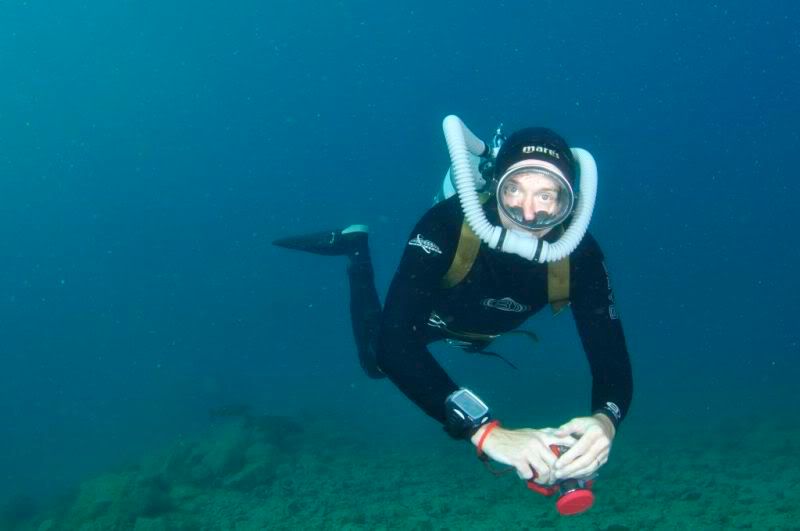As noted above, the biggest issues are prevented with routine maintenence.
One of the largest issues I see with single hose regs is that the exhaust valve glues itself to the case with salt and silt deposits. On a Single hose reg, a strong exhalation will pop that mushroom style valve loose. With a double hose reg, most of them utilize a duckbill style valve that has much more surface area and if you manage to get it stuck together, it is much harder to get completely unstuck.
On a double hose reg, the stuff inside the cans is essentially sealed, but it is not impossible for moisture to get past non-return valve in the inlet side of the mouthpiece and enter that area. Once there hter is no great way for it to dry and corrosion can occur, and you can start growing some interesting cultures inside the hoses.
So, taking the cans apart allows you to inspect and if needed rinse the area inside the cans and it lets you rinse (and if you let it get bad, sterilize) the inhalation and exhalation hoses.
Actually taking the cans apart is a major pita with if you have box clips, so one of your first investments will probably be a band clamp if your DH is not already equipped with one.
Internally in a PRAM, the spring in the first stage holds the seat off the orifice when the reg is depressurized, so there is no wear occurring during storage, and in any event the titan seat that is used is very durable with a very long life. The second stage does have a spring pressing the seat carrier against the orifice, so there is some potential for the rubber seat to develop a seating groove in storage, but this is not usually an issue even over a period of a few years. If an issue develops it will be aslight freeflow and that is normally resolved with a slight adjustment of the screw holding the seat carrier. That fails to work only when the seat is truly worn out, and in that case, the seat can be flipped and you can repeat the whole process until that side is also worn out.
With the use of modern high presure seats and silicone hoses, mouthpieces, diaphragms, duckbills and mushroom valves, the soft parts just don't age as quickly as they did with rubber parts, so that is much less of an issue, now.
One of the largest issues I see with single hose regs is that the exhaust valve glues itself to the case with salt and silt deposits. On a Single hose reg, a strong exhalation will pop that mushroom style valve loose. With a double hose reg, most of them utilize a duckbill style valve that has much more surface area and if you manage to get it stuck together, it is much harder to get completely unstuck.
On a double hose reg, the stuff inside the cans is essentially sealed, but it is not impossible for moisture to get past non-return valve in the inlet side of the mouthpiece and enter that area. Once there hter is no great way for it to dry and corrosion can occur, and you can start growing some interesting cultures inside the hoses.
So, taking the cans apart allows you to inspect and if needed rinse the area inside the cans and it lets you rinse (and if you let it get bad, sterilize) the inhalation and exhalation hoses.
Actually taking the cans apart is a major pita with if you have box clips, so one of your first investments will probably be a band clamp if your DH is not already equipped with one.
Internally in a PRAM, the spring in the first stage holds the seat off the orifice when the reg is depressurized, so there is no wear occurring during storage, and in any event the titan seat that is used is very durable with a very long life. The second stage does have a spring pressing the seat carrier against the orifice, so there is some potential for the rubber seat to develop a seating groove in storage, but this is not usually an issue even over a period of a few years. If an issue develops it will be aslight freeflow and that is normally resolved with a slight adjustment of the screw holding the seat carrier. That fails to work only when the seat is truly worn out, and in that case, the seat can be flipped and you can repeat the whole process until that side is also worn out.
With the use of modern high presure seats and silicone hoses, mouthpieces, diaphragms, duckbills and mushroom valves, the soft parts just don't age as quickly as they did with rubber parts, so that is much less of an issue, now.








